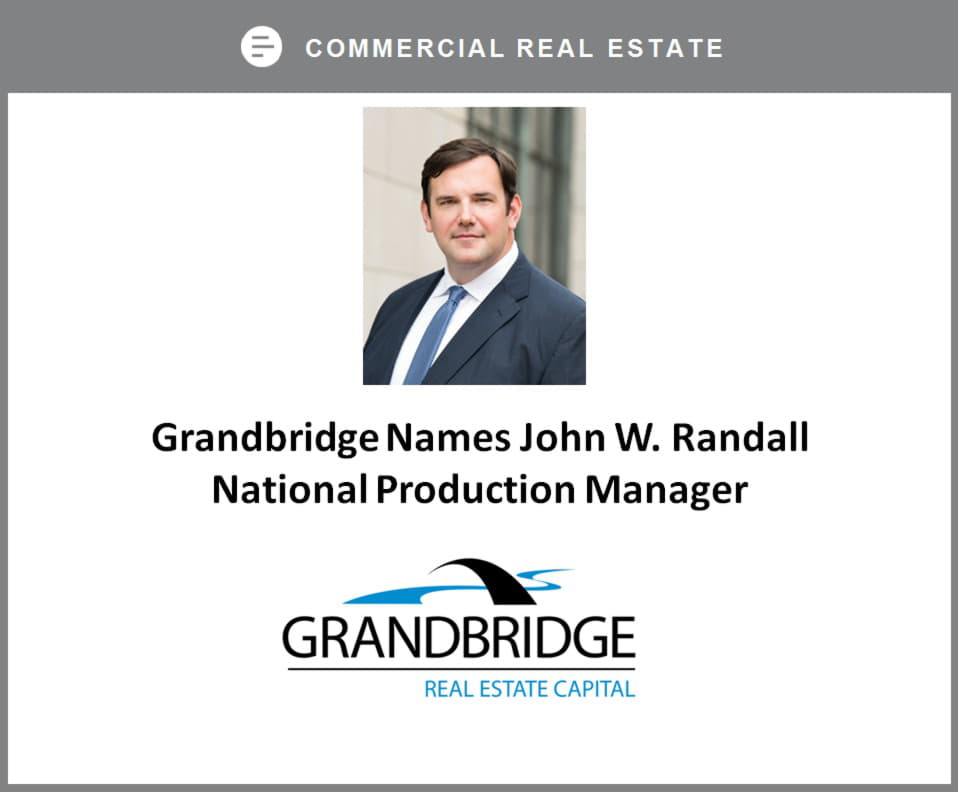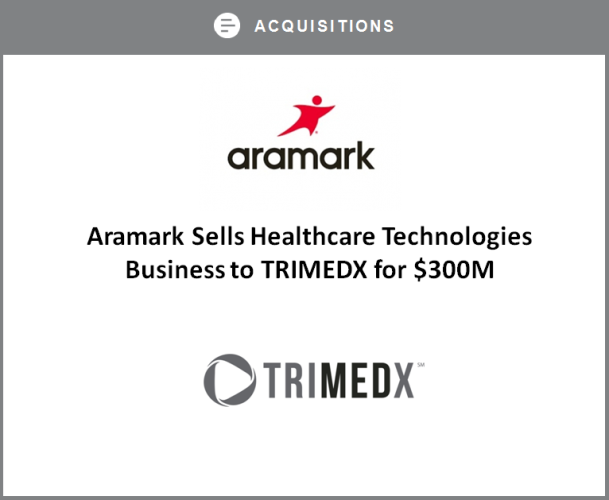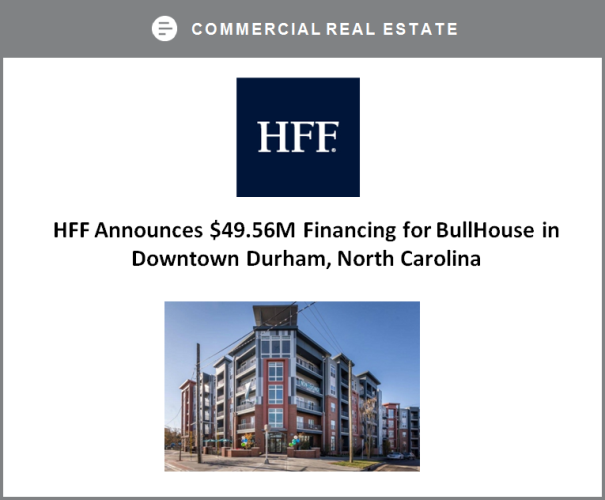Honeywell (NYSE:HON) is one of the best-run industrial companies in the world. Its pristine balance sheet, exciting growth opportunities, and track record of beating guidance make it a highly attractive company for investors. That said, buying a stock isn't just about buying a great company -- it's about buying a great price. In that context, let's take a look at the pros and cons of buying Honeywell stock right now.

IMAGE SOURCE: GETTY IMAGES.
Honeywell's valuation
On a superficial basis, the company's valuation is looking a bit stretched. As a rough rule of thumb, industrial conglomerates are seen as being fair value when trading around 20 times their free cash flow (FCF).
This figure matters because, for example, a valuation of a market cap of 20 times FCF means a company is generating 5% of its market cap in FCF every year. In theory, Honeywell could pay a 5% dividend yield, or buy back 5% of the company's stock, or even improve its earnings growth by buying companies to a value of 5% of Honeywell's market cap. You get the picture.
With that in mind, here's a look at Honeywell's historical price-to-FCF multiple. Honeywell certainly has traded at above a multiple of 20 before. However, the valuation multiple usually corrects in time, either via an increase in FCF and/or a drop in price.
DATA BY YCHARTS
Now let's look at the Wall Street consensus for Honeywell's FCF in the coming years, and what it means to the forward valuations. Clearly, the price-to-FCF valuation is looking high right now. Of course, these calculations are made assuming the price and market cap stay the same.
However, even if you generously assume that Honeywell uses all of its FCF ($5.4 billion in 2021 and $6 billion in 2022) to buy back its stock, and reduce its current $149 billion market cap (provided the share price stays the same) then the multiples still come out to around 27 times FCF in 2021 and 23 times FCF in 2022.
| Honeywell Metric | 2019 | 2020 | 2021 | 2022 |
|---|---|---|---|---|
| Free cash flow | $6.1 billion | $4.3 billion | $5.4 billion | $6 billion |
| Price-to-free cash flow multiple | 24.6x | 34.5x | 27.7x | 24.9x |
DATA SOURCE: MARKETSCREENER.COM
The bullish investment case
The bullish argument is that Honeywell's current valuation is justified due to the following factors:
- The company has strong businesses with secular tailwinds behind them, and they are capable of generating long-term earnings growth to justify a premium valuation.
- In particular, the aerospace segment is set for recovery from the COVID-19 pandemic, so the valuations are somewhat not representative of the long-term picture.
- Honeywell tends to beat guidance, and since analyst estimates are often based on management's guidance, there is potential for outperformance.
In a nutshell, the argument is that the quality of Honeywell's earnings mean it should trade at a premium.
They have a point. In all four segments, Honeywell has significant growth potential. In aerospace, its exposure to business aviation makes it one of the best ways to play a recovery in aviation. That's a view supported by looking at aviation flight trends, which suggest passengers, particularly business aviation travelers, are willing to fly again when possible.

IMAGE SOURCE: GETTY IMAGES.
The performance materials and technologies, or PMT, segment (advanced materials, heavy industries-focused process solutions, and catalysts/absorbents for petroleum and petrochemical refining) is set for some more near-term weakness, but a long slow recovery looks assured. For example, automotive production will ramp in 2021, transportation miles are likely to increase, and energy companies are likely to increase spending from depressed levels in 2020.
Honeywell Building Technologies, or HBT, is set to benefit as building owners are likely to want to improve health and cleanliness in their buildings. Meanwhile, HBT's digital solutions will create real-time data on buildings, which can help improve efficiency.
Finally, the safety and productivity solutions business, or SPS, has strong long-term earnings potential from warehouse automation, particularly from e-commerce warehousing. In addition, its barcode scanners and printers are likely to see strong demand as factories reopen, and the need to capture real-time data is only going to grow as automation and digitization in the economy grows.
Is Honeywell a buy?
Expect a politician's answer. Honeywell is certainly an attractive company, and there's a high chance the stock will be higher in a few years' time. However, valuations still matter and buying a stock at a good entry point still matters. Honeywell's valuation suggests the upside is relatively limited for the near future, even if you accept the bullish arguments for the stock's earnings potential.
On this basis, Honeywell looks overvalued, but any double-digit dip in the share price in 2021 would create a good entry point into the stock -- something for investors to look out for.
Should you invest $1,000 in Honeywell International Inc. right now?
Before you consider Honeywell International Inc., you'll want to hear this.
Investing legends and Motley Fool Co-founders David and Tom Gardner just revealed what they believe are the 10 best stocks for investors to buy right now... and Honeywell International Inc. wasn't one of them.
The online investing service they've run for nearly two decades, Motley Fool Stock Advisor, has beaten the stock market by over 4X.* And right now, they think there are 10 stocks that are better buys.







